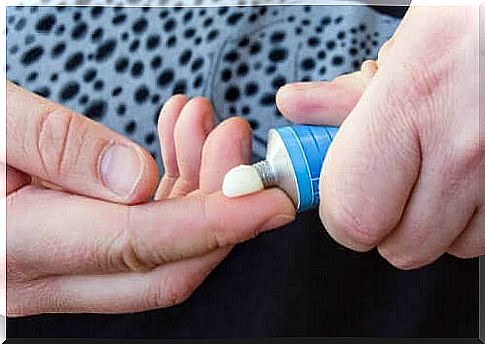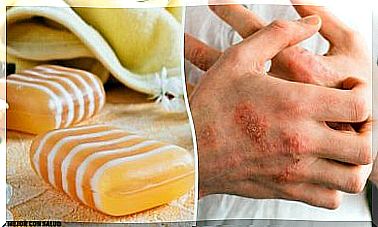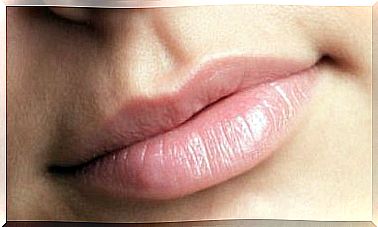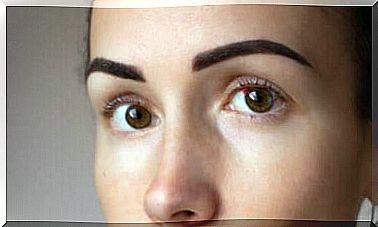Altargo: Mechanism Of Action And Efficacy

Altargo is a relatively recent medicine that belongs to the antibiotic family. As we will see in this article, it is used topically in the treatment of impetigo and secondary infections, as well as small wounds and grazes.
Although it is effective in the presence of infections triggered by S. aureus and S. pyogenes bacteria , altargo is not indicated for the treatment of abscesses or skin infections caused by methicillin-resistant bacteria, nor for secondary dermatosis infections.
It must be said that clinical studies do not indicate a greater efficacy of this antibiotic compared to fusidic acid in the treatment of impetigo, but we talk about it in detail in the following lines. The same applies to infections secondary to injuries of traumatic origins, for which the altargo often has not been found to be more effective than oral cefalexin.
Compared to the drugs indicated, that is, mupirocin, fusidic acid and oral cefalexin, treatment with altargo does not bring greater advantages either in terms of efficacy or in terms of safety. And the cost of this drug is higher.
Indications of the altargo

This antibiotic is indicated for the treatment of S. aureus and S. pyogenes infections . It is applied directly to the area affected by superficial lesions in adolescents, children and infants who have reached 9 months of life. The infections for which it is best indicated are:
- Impetigo : Impetigo is a highly contagious skin infection that mainly affects infants and very young children. It presents with red pustules on the face, particularly around the nose and mouth, as well as on the hands and feet.
- Small infected wounds and grazes.
Dose, administration and mechanism of action
Just apply a thin layer of ointment to the affected area twice a day for five days. It is advisable to cover the wound or lesion with a sterile plaster or gauze to promote the action of the antibiotic.
It is important to keep in mind that this antibiotic is indicated for cutaneous use only. If administered by other routes, it will cause health problems.
As for the mechanism of action, the altargo, recommended for the short-term treatment of impetigo and wounds, owes its effectiveness to the ability to inhibit the synthesis of bacterial proteins in the ribosome. It has not demonstrated specific cross-resistance with other classes of antibacterial agents.
How effective is it?

The effectiveness of the drugs is verified through clinical studies. In this case, two studies were conducted to evaluate the efficacy of altargo with respect to fusidic acid, cefalexin and placebo.
The object of interest was the clinical cure rate of the infection. Scientists speak of clinical recovery when there is resolution or improvement of the infection without resorting to another antibiotic.
A study conducted on 517 patients with impetigo indicates a clinical recovery following the application of altargo equal to 1%; that is equal to that of fusidic acid in ointment (2%).
Adverse reactions
Altargo showed no particular adverse reactions. The most common is irritation of the application area. It should be added that the frequency, type and severity of adverse reactions in children are the same as in adults.
As mentioned, the main adverse reaction is irritation. However, others may occur such as itching or erythema in the treated area. Cases of hypersensitivity and angiodema have also been recorded.
Conclusions on the altargo
Altargo is a semi-synthetic antibiotic indicated for the treatment of impetigo and secondary infections in small lesions or in the presence of excoriations.
It is safe for topical use, but adverse reactions are not excluded. It is therefore essential to always follow the doctor’s instructions; do not abuse and do not self-medicate.









